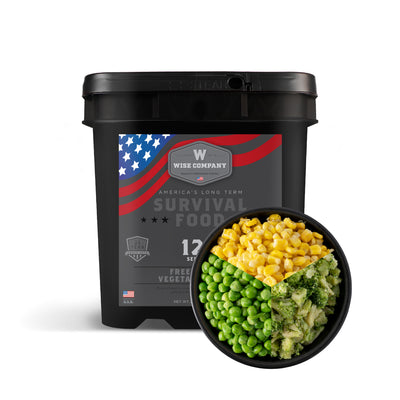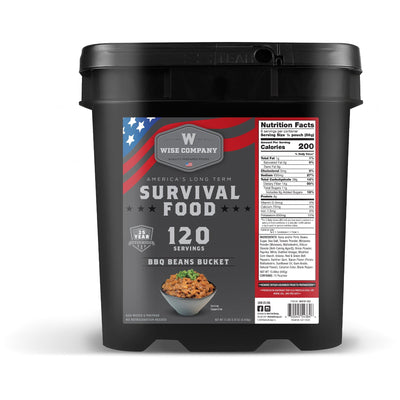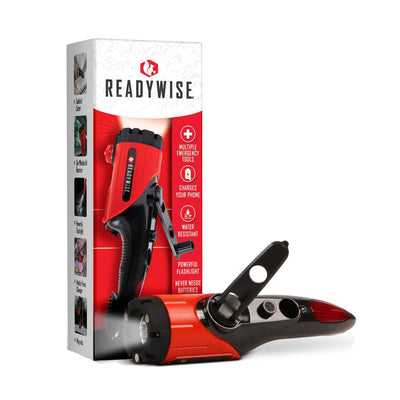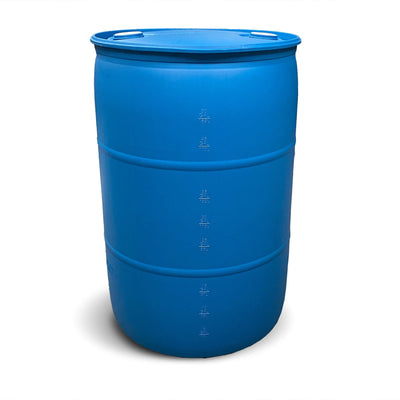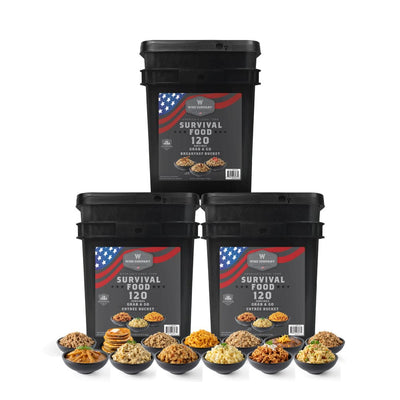At the heart of preparedness lies prepping, a proactive approach to safeguarding oneself and loved ones in the face of unforeseen challenges. Prepping covers many emergencies, from severe weather incidents to apocalyptic scenarios. Preppers, the individuals who engage in prepping, gather essential resources and develop comprehensive plans to overcome emergencies, ensuring self-sufficiency and resilience. In this blog post, we'll delve into prepping, explore the levels of preparedness, and shed light on how prepping has evolved throughout history.
What is prepping? Preparing for future events and stocking up on vital supplies such as food, water, and survival gear is known as prepping. This strategic response helps individuals anticipate and plan for disruptions caused by natural disasters, societal unrest, or other unforeseen circumstances threatening humanity. By adopting a prepping mindset, individuals aim to become self-sufficient and rely on their resources and skills in times of crisis.
In the past, preparing for emergencies was often linked to those considered "minimalists" or "doomsday" preppers. However, recent events such as the pandemic have highlighted the importance of disaster relief and individual readiness, leading to widespread recognition of the need for self-sufficiency. Regardless of political beliefs, many Americans now take steps to equip themselves with the necessary tools to navigate challenging situations independently.
What is a prepper? A prepper is someone who values being prepared and strives to improve their survival skills and knowledge. They take proactive steps such as stockpiling resources, particularly food and water, learning new skills, and building resilient communities, even if it's just within their household. Prepping can take many forms, from minimalistic to more extensive preparations. Wise Food Storage offers a variety of products to cater to different levels of prepping, helping individuals reach their desired level of preparedness.
Level 1: Basic Preparedness. When it comes to being prepared, the first level is all about the basics. It involves having essential items like food, water, first aid supplies, backup power, and even toilet paper. It's essential to have a basic emergency plan in place as well. We offer affordable products to help individuals with these basics, such as a 72 Hour Emergency Food Supply, an 84 Serving Breakfast and Entree Bucket, and a Survival Backpack with food, water, and gear to last at least three days. Investing in a reliable backup power source, such as our Generator and Solar Panel Bundle, is recommended at all levels.
Level 2: Prepared for 30 Days. As leaders in the field of preparedness, we advise that it's best to be prepared for a minimum of 30 days, which is considered the second level of preparedness. This requires stocking up on extended food, water, and gear. To simplify the process, we offer a 4-Week Survival Food Supply that provides the basics of what you need in a compact and easy-to-store solution. For this level of preparedness, storing water for cooking, drinking, and hygiene purposes is crucial. We offer a 55 Gallon Water Drum for easy storage and a Siphon to access your water quickly. At this level, it's crucial to have both shelter-in-place and evacuation options.
Level 3: Prepared for 3 Months.
When preparing for a potential emergency, it's important to consider the possibility of being without access to food, water, and power for an extended period. The third level of preparedness caters to this scenario, focusing on prepping for three months. This stage requires more complex food and water storage solutions, including specialized kits for nutritional needs. Our store offers a 3-Month Survival Food Supply for one person with 2,200+ calories daily. With 298 total servings and 50 grams of protein daily, these healthy and delicious meals will give you an advantage in any emergency. We recommend supplementing with additional foods like freeze-dried meat, vegetables, fruit, and egg buckets.
In every situation where survival is on the line, keeping your energy levels up becomes vital. It's crucial to strategize your emergency food stash according to the unique nutritional needs of your household. For example, during a crisis, foods that are rich in protein and energy become even more valuable, as they provide long-lasting fuel and are often loaded with essential nutrients. Water storage, backup power, and survival gear are also necessary components at this level.

Level 4: Prepared for a Year and Beyond. Reaching the fourth level of preparedness is the ultimate goal for readiness for any situation. It takes a lot of commitment and hard work to get there, as it involves gathering resources over time and crafting a detailed plan that will help you survive in the long run. Experienced preppers typically store a years worth of food and supplies at home, and some may even have secondary locations, primarily if they reside in urban or suburban areas. They may also invest in Bug-Out Vehicles to facilitate the transportation of their prepping gear or increase their chances of evacuation in a crisis. To prepare for emergencies, upgrading infrastructure by constructing bunkers, enhancing security measures, and creating sustainable resources may be essential.
Additionally, many preppers not only store non-perishable food but also grow their own. The Wise Food Storage Seed Vault offers 39 carefully chosen varieties of non-hybrid, non-GMO, open-pollinated heirloom vegetable seeds with a shelf life of up to 10 years. These heirloom seeds can be an essential component of your preparedness kit.
Preparing for survival has been crucial since ancient civilizations relied on farming, hunting, and gathering for sustenance. Although it may seem like a niche hobby in modern times, its significance cannot be ignored. In the 20th century, prepping gained popularity during wartime preparations known as "civil defense." As the Cold War loomed, emphasis was placed on educating individuals about the risks of nuclear war and how to prepare for such scenarios. Today, similar threats exist, highlighting the importance of learning from history and being prepared to prevent its repetition. Events such as the global pandemic, extreme weather incidents, and national security issues have reignited public interest in being prepared. Today's preppers understand that our constantly evolving world presents various risks, and taking a proactive and responsible approach to safeguarding oneself and loved ones is crucial.
It's common for people to misunderstand preppers, but they are a diverse community of individuals who are well-informed about the various risks in today's world. The dialogue around prepping is becoming more constructive and empowering, motivating more people to build their self-reliance and resilience. It's always wise to be prepared; investing in durable emergency supplies is a smart way to ensure your safety. Everyone should consider prepping, as being ready for the future is crucial.





















